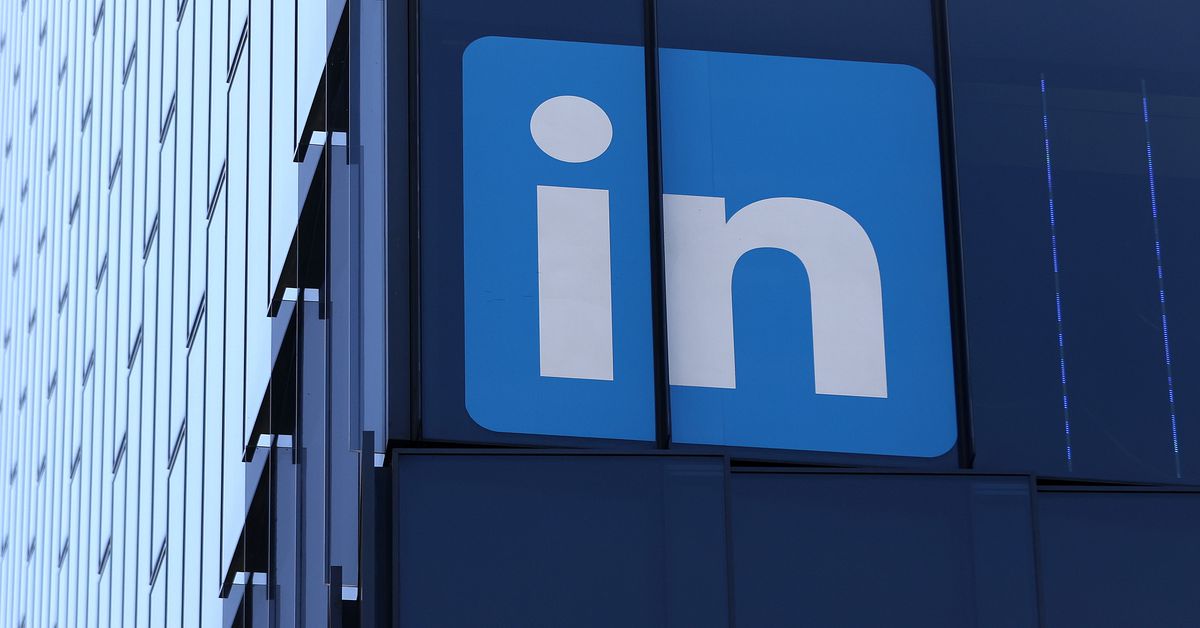 Hey Explorers, What's up!
Hey Explorers, What's up!Microsoft, in light of the massive CrowdStrike-induced outage in mid-2024, is taking concrete steps to fortify Windows against similar failures in the future. The incident, caused by a software bug within CrowdStrike's security tool, crashed 8.5 million PCs, grounding airlines and disrupting emergency services. Microsoft’s response indicates a fundamental shift in how Windows handles security software, aiming to mitigate risks posed by third-party tools having kernel-level access. This strategy underscores Microsoft's commitment to innovation, system resilience, and modern security protocols.
# The CrowdStrike Incident and Its Impact
The CrowdStrike outage was one of the most severe in recent memory. It crippled systems worldwide, showing how a single faulty security update can lead to widespread consequences when software has deep system access. The issue stemmed from CrowdStrike’s security software having direct kernel access to Windows. This access, while necessary for monitoring critical system processes, also made it possible for a buggy driver to crash millions of machines simultaneously, leading to blue screens and system failures. Affected businesses lost revenue, services ground to a halt, and essential infrastructures experienced downtime. The event highlighted the fragility of traditional security frameworks where third-party software had extensive control over the operating system. Although CrowdStrike quickly responded with a fix, Microsoft saw this as a wake-up call, leading to an evaluation of how security software integrates with Windows.
 # Microsoft’s Response: Rethinking Security Architecture
# Microsoft’s Response: Rethinking Security Architecture In response to the crisis, Microsoft has announced significant changes to its security model to minimize the risk of such large-scale incidents. One of the primary focuses of this shift is to reduce the need for third-party security tools to access the Windows kernel. Historically, security programs like CrowdStrike have required kernel access to perform deep system scans and provide real-time protection. However, the downside to this approach is the potential for critical system failures if those tools malfunction.
Microsoft’s new platform aims to protect the integrity of the operating system by leveraging security techniques that do not rely on kernel access. This involves modernizing Windows’ architecture with advanced technologies such as Virtualization-Based Security (VBS) and the Azure Attestation Service.
- Virtualization-Based Security (VBS): This feature isolates sensitive parts of the operating system from the rest of the system, ensuring that even if a piece of security software encounters an issue, it cannot crash the entire system. VBS essentially provides a more secure environment for critical processes by separating them from less trusted components
- Azure Attestation Service: This cloud-based service enhances device security by providing attestation-based assurances without compromising kernel security. It verifies the integrity of applications and devices without requiring them to have deep access to the OS.
 These technologies reflect Microsoft’s commitment to Zero Trust security principles, which emphasize that no software should be trusted by default, regardless of its source. By embracing Zero Trust and moving away from traditional security access models, Microsoft is pushing for a future where software resilience is prioritized, and the risk of catastrophic outages is significantly reduced.
These technologies reflect Microsoft’s commitment to Zero Trust security principles, which emphasize that no software should be trusted by default, regardless of its source. By embracing Zero Trust and moving away from traditional security access models, Microsoft is pushing for a future where software resilience is prioritized, and the risk of catastrophic outages is significantly reduced. # New Era of Collaboration and Responsibility
Microsoft's proposed platform shift also signals a change in how it collaborates with third-party security providers. Historically, Microsoft has provided significant freedom to companies like CrowdStrike, McAfee, and others to integrate their security solutions deeply within the Windows operating system. While this level of integration has benefits, it has also introduced vulnerabilities, as demonstrated by the CrowdStrike incident. Moving forward, Microsoft plans to work more closely with security providers to ensure that their tools function effectively without needing kernel access. The goal is to create a balance between maintaining the highest level of security and minimizing risks. By keeping core components of Windows isolated from third-party software, Microsoft aims to ensure that even if an issue arises, the impact is contained, preventing widespread system crashes. This approach also represents Microsoft’s broader commitment to **end-to-end resilience**. By building a more robust and independent security infrastructure, the company is preparing for a future where systems can quickly recover from failures. This resilience extends beyond simply avoiding crashes; it includes creating recovery protocols and improving how Windows handles updates and system maintenance.
# Impact on the Industry and Future Outlook
The changes Microsoft is implementing will not only affect Windows users but also have broader implications for the tech industry. Other operating system providers may follow Microsoft’s lead in reconsidering how third-party applications interact with critical system components. The shift toward more isolated security models, combined with advanced techniques like VBS and Azure Attestation, may become industry standards in the years to come. Furthermore, the fallout from the CrowdStrike incident has led to renewed discussions around **cybersecurity best practices**. As businesses increasingly rely on third-party security solutions, they must also consider the risks involved. Microsoft’s approach to rethinking these access points may spark further innovation, leading to new technologies that are not only secure but also resilient in the face of potential failures.
# A Resilient Future for Windows
The CrowdStrike outage was a stark reminder of the complexities of modern security solutions and the need for greater resilience in critical software systems. By adopting Zero Trust principles, reducing kernel access for third-party security tools, and embracing new technologies like Virtualization-Based Security, Microsoft is paving the way for a more secure and stable future for Windows users. These changes underscore the company’s commitment to innovation and collaboration, ensuring that its ecosystem remains resilient in an increasingly complex cybersecurity landscape. With these technological advancements, Microsoft’s strategy will likely reshape the security landscape, creating a more resilient and trusted Windows environment for the years to come.
Now let me know what do you think about this news from Microsoft in the comment section.















